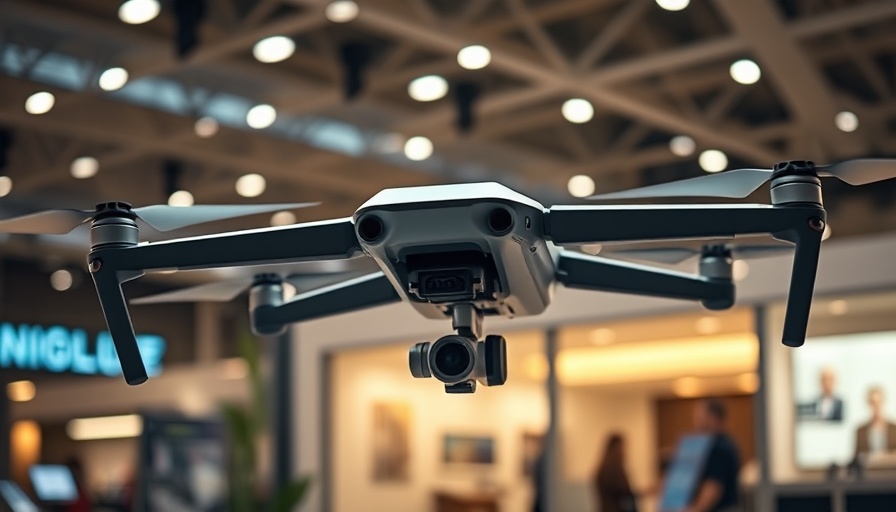
Understanding the Trembita Drone: A Game-Changer for Ukraine
As the conflict in Ukraine continues to evolve, the nation's military strategies are adapting. A central element of this adaptation is the introduction of the Trembita drone, a low-cost yet highly effective tool designed for both attack and deception. With a range of approximately 100 miles and a price tag of merely a few thousand dollars, the Trembita is not only affordable but also instrumental in Ukraine's ongoing defense operations.
The Technology Behind Trembita
The Trembita drone may not have the sleek aesthetics of high-tech aircraft, but its functionality stems from simplicity. Constructed from readily available materials, its design echoes technologies from World War II, utilizing the robustness of traditional engineering to achieve surprising effectiveness. CEO Akim Klemenov of Ukrainian firm Pars explained how streamlined manufacturing processes allow for easy production: "We use simple technologies, such as aluminum cutting and bending, actually repeating the design of World War II aircraft," he noted. This methodology results in a weapon adaptable for various battlefield scenarios.
Deception on the Battlefield: Decoy Drones
What sets Trembita apart is its two-fold purpose: offensive strikes and decoy tactics. During engagements, some Trembitas will serve as distractions, deliberately drawing fire away from others equipped with warheads. This strategic maneuver forces Russian air defenses to exhaust their resources on what are essentially false targets. "We want them to see and shoot at these missiles," said one of the developers, reinforcing the focused strategy behind Ukraine's operational planning. By mixing decoys with combat drones, Ukraine enhances its capability to outmaneuver Russian forces.
Future Implications for Drone Warfare
The implications of Ukraine's drone strategies extend beyond the immediate conflict. As Ukraine develops its drone capabilities, it is setting a precedent for how future wars might be fought. The utilization of swarms of drones, with some designed to attract enemy fire while others deliver payloads, could redefine military tactics worldwide. With reports indicating that over 10 Ukrainian companies are developing similar technologies, the country is positioning itself as a key player in the future of drone warfare.
Conclusion: A Resilient Defense
As Ukraine stands firm against external pressures, the deployment of the Trembita drone signifies an innovative approach to modern warfare. By optimizing cost-efficiency and leveraging home-grown technology, Ukraine not only bolsters its defenses but also reshapes the combat landscape. Knowing the operational strategies behind the Trembita and its significance provides insight into how countries might prepare for conflict in an increasingly drone-dominated world.
 Add Row
Add Row  Add
Add 




Write A Comment